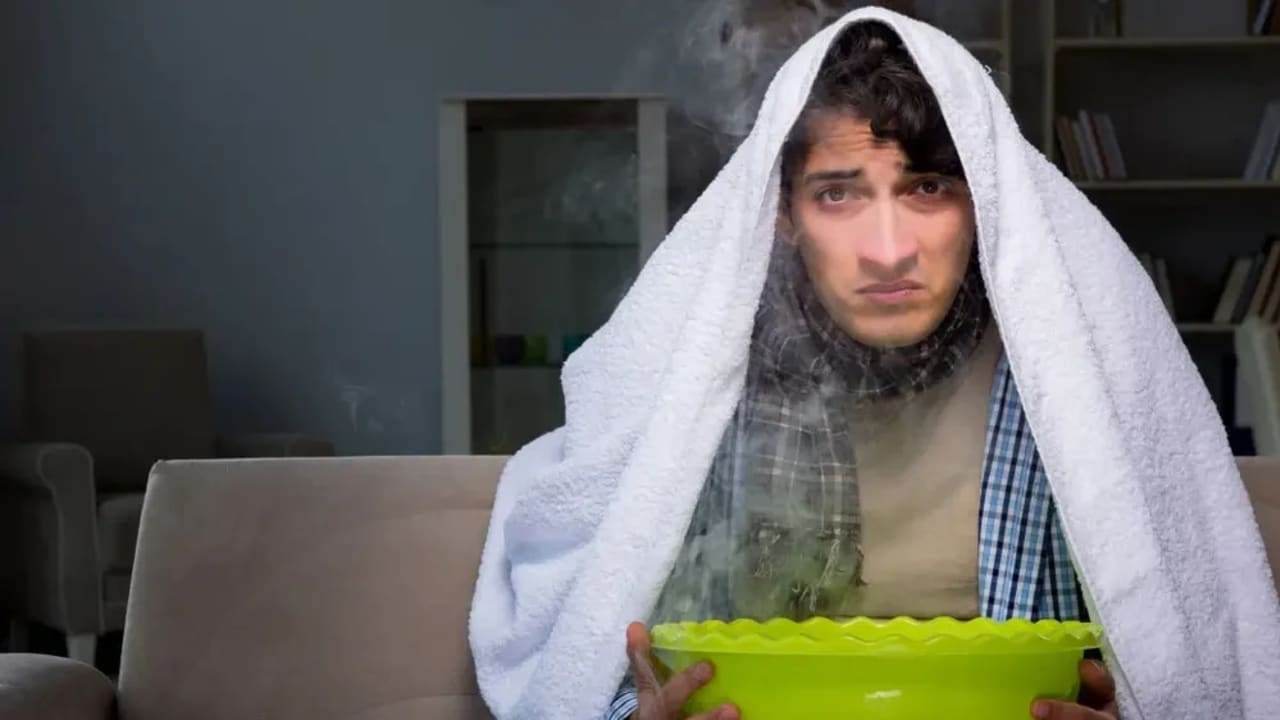ByITAY GAL
Unwashed greens and cross-contamination can turn a simple bowl into a breeding ground for bacteria that can cause blindness, meningitis, or even death.
Salads are often hailed as one of the healthiest dishes—fresh, colorful vegetables packed with vitamins and fiber—but even a humble bowl of greens can harbor pathogens with unwashed produce, contaminated irrigation water, or dirty surfaces.
Below are 10 of the most common culprits, how they make you sick, and what you can do about it.
Salmonella
Salmonella often contaminates leafy greens such as lettuce, rocket, parsley, and sprouts when they grow in soil or are irrigated with water tainted by animal waste. It can also transfer to salad from raw poultry residue on cutting boards or unwashed hands. Symptoms usually begin six to 72 hours after exposure and include severe diarrhea, fever, abdominal cramps, nausea, and fatigue. While healthy adults typically recover with rest and plenty of fluids, infants, pregnant women, and the elderly risk bloodstream infections that can lead to systemic damage or even death, and may need antibiotics and hospitalization.
Listeria monocytogenes
Listeria monocytogenes thrives in soil enriched with animal waste fertilizers and can grow at refrigeration temperatures, which means even well-chilled salads can harbor it if the greens were irrigated with wastewater or processed on contaminated surfaces.
Infection can surface anywhere from three days to two months after eating the tainted produce. Early signs could include a flu, a fever, fatigue, diarrhea, vomiting, and general malaise—but among pregnant women, it often triggers miscarriage or birth defects, while newborns or seniors may suffer sepsis, meningitis, pneumonia, or endocarditis. High-risk patients require immediate antibiotic therapy and close medical supervision.
Shigella
Shigella typically spreads when someone with unwashed hands handles food after using the bathroom, which contaminates vegetables. Illness appears within a day or two and brings high fever, bloody or mucus-tinged diarrhea, intense abdominal cramps, nausea, and muscle spasms. Children are especially vulnerable to a rare complication called hemolytic uremic syndrome, which can damage the kidneys. Treatment usually involves antibiotics and careful isolation to prevent further transmission.
Escherichia coli
Most strains of Escherichia coli are harmless, but virulent types flourish on vegetables grown in soil near dairies or pastures and survive if salads aren’t washed thoroughly. Symptoms such as abdominal pain, mild fever, and watery or bloody diarrhea can start between one day and two weeks after exposure. In children and older adults, the infection can progress to acute kidney failure and other life-threatening complications.
Campylobacter
Campylobacter lives primarily in raw poultry but can spread through knives, cutting boards, or serving utensils used for chicken, then transfer to salad when hands or tools go unwashed. Signs of infection include sharp stomach pains, diarrhea (sometimes bloody), fever, headache, and a general sense of malaise, which can emerge one to 11 days later. Although many people recover without treatment, severe cases require antibiotics, and a few may develop Guillain-Barré syndrome, a rare neurological disorder that causes partial or full paralysis.
Clostridium perfringens
Clostridium perfringens is known for its rapid toxin production in the intestine and often appears in cooked salads such as potato or chickpea preparations that are left at room temperature. Within eight to 22 hours after eating, victims may experience diarrhea, intense abdominal pain, bloating, and nausea. While the illness usually resolves on its own, children and seniors can become dangerously dehydrated; treatment focuses on rest and rehydration, with antibiotics rarely needed.
Clostridium botulinum
The toxin of Clostridium botulinum is one of the most lethal known to science and forms in airtight foods like home-canned vegetables or jarred antipasti mixed into salads. Symptoms include blurred vision, difficulty swallowing, facial paralysis, fatigue, and breathing problems, and can occur within hours or up to two weeks after ingestion.
Vibrio vulnificus
Vibrio vulnificus is most often tied to undercooked or raw seafood, but poor refrigeration or cross-contamination can introduce it to salad greens. Signs include diarrhea, severe abdominal pain, strong fever, and vomiting, which could sometimes include blood, and appear four to 96 hours after exposure. People with liver disease or weakened immune systems face a high risk of rapid sepsis and death; aggressive antibiotics and immediate hospitalization are vital in such a situation.
Toxoplasma gondii
Toxoplasma gondii is a parasite that reaches plants through soil contaminated with cat feces, making home-grown or open-field vegetables potential carriers. Infection generally surfaces five to 23 days later with fatigue, fever, muscle aches, and swollen lymph nodes. If contracted during an early pregnancy, it can cause miscarriage, severe birth defects, or fetal brain damage; standard treatment combines pyrimethamine with sulfadiazine once the diagnosis is confirmed.
Bacillus cereus
Bacillus cereus hides on unwashed leafy greens and thrives in warm dressings or high-humidity conditions, multiplying rapidly in salads left at room temperature. Vomiting can begin within one to five hours, while diarrhea often follows eight to 16 hours later, accompanied by fatigue and fever. Although fatalities are rare, severe dehydration can imperil vulnerable patients, so treatment focuses on prompt disposal of any leftovers that have sat out for more than two hours.
To minimize risk, rinse all vegetables thoroughly under running water—scrubbing firm produce with a brush—then keep raw meat and salad ingredients strictly separate by using different cutting boards and knives.
Wash your hands with soap both before and after handling food or using the bathroom, and store salads at 4°C or below, never leaving them at room temperature for longer than two hours. If a salad looks, smells, or feels off, or if it’s been out too long, discard it immediately.
By following these practices, you can enjoy your greens confidently and avoid any microscopic threats.


















